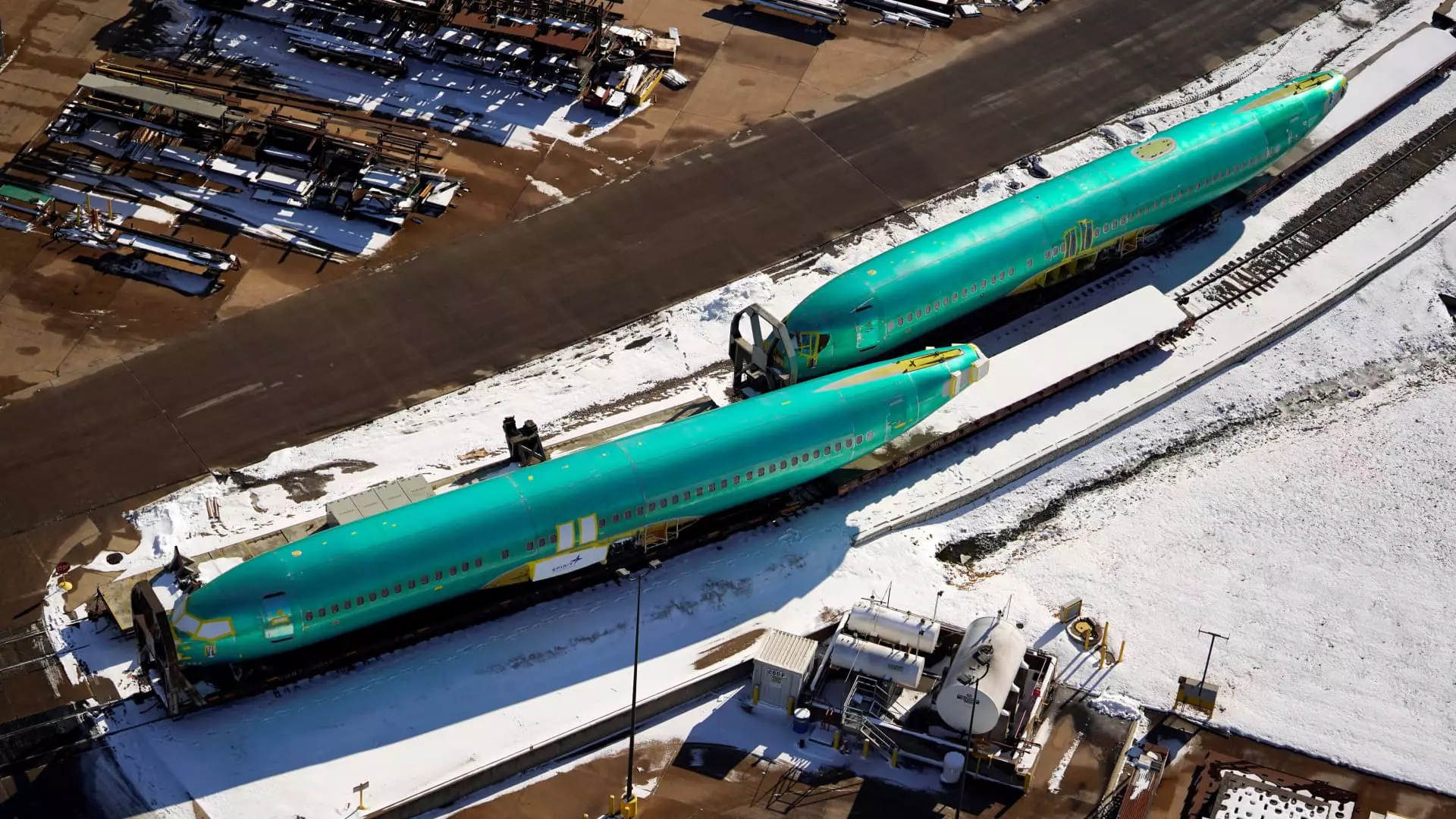In a significant repercussion of the ongoing strike by machinists at Boeing, Spirit AeroSystems, a key supplier, has announced plans to furlough approximately 700 employees. This decision surfaces as the labor action, initiated on September 13, stretches into its sixth week. With over 32,000 Boeing workers participating in the strike after rejecting a proposed labor agreement, the financial pressures on Boeing intensify, creating a cascading effect that is now impacting its suppliers.
The announcement from Spirit AeroSystems reflects a proactive response to diminishing production demands, with the furloughed workforce representing about 5% of its total U.S. staff. This temporary suspension primarily affects operations at Spirit’s largest facilities in Wichita, Kansas. As the strike continues, Spirit is under mounting pressure and contemplating more severe workforce reductions, highlighting the fragility of their business model amidst unresolved labor disputes.
For CEO Kelly Ortberg, who commenced his role just months before this labor turmoil, the current crisis poses a formidable challenge. His upcoming earnings call with investors will be the first test of his leadership amid spiraling losses and operational setbacks. Just last week, Ortberg revealed an ambitious strategy to cut costs drastically, including laying off approximately 10% of the workforce—an astonishing 17,000 employees. This move indicates the extent of Boeing’s struggles and emphasizes the unpredictable nature of the aerospace industry’s labor relations.
With Boeing’s 767 commercial production slated for cessation by 2027 and the delayed entry of the 777X wide-body jet pushed back to 2026, these slowdowns exacerbate financial uncertainties. The prospect of raising capital through debt or equity infuses a sense of urgency into Boeing’s strategies, as the company seeks to maintain liquidity under these adverse conditions.
The impact of the strike on Spirit AeroSystems goes beyond immediate job losses. Significant inventory has been built up for both the 777 and 767 programs, as production halts due to the labor dispute stall progress on critical manufacturing milestones. Interestingly, employees working on Boeing’s popular 737 Max seem to be shielded from this initial wave of furloughs, possibly indicating a strategic prioritization within Spirit’s operations.
However, as the duration of the strike extends, the ramifications are expected to reverberate throughout the industry. The uncertainty surrounding the resolution of labor negotiations raises questions about the long-term sustainability of both Boeing and its supply chain partners.
Both Boeing and Spirit AeroSystems face an uncertain road ahead, particularly if the strike persists into November, as warned by Spirit spokesperson Joe Buccino. The potential for additional furloughs and layoffs looms large, casting a shadow over an already struggling sector. The possibility of a stalled merger acquisition between Boeing and Spirit further complicates the landscape, with the deal anticipated to finalize in mid-2025.
This ongoing strike not only highlights the pressures faced by individual companies but serves as a reminder of the interconnected nature of the aerospace industry, where one event can dramatically alter the course of many stakeholders. As negotiations between Boeing and its machinists’ union remain at a standstill, the future of both entities hangs in the balance, emphasizing the critical need for resolution in order to stabilize the industry.

